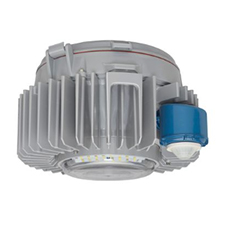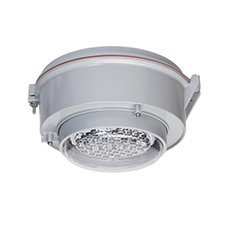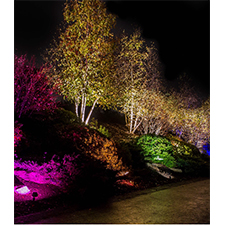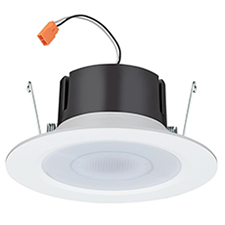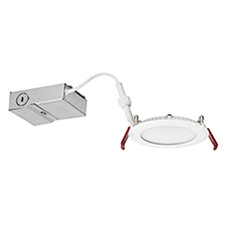Appleton Grp LLC
LEDs for Hazardous Locations and … Mesh Lighting Control
Hazardous locations have stricter requirements for fixtures and
luminaires than other industrial areas. Hazardous locations include
those areas where flammable dusts, fumes, liquids and gases may be
present, either in storage or during processing.
Appleton Grp LLC
What Really Goes into Manufacturing Hazardous Location Fixtures
Most electricians and contractors are familiar with the concept of
hazardous locations – areas where a fire or explosion could occur
through the presence of flammable vapors or gases, combustible dust or
easily ignitable fibers or flyings.
WAC Lighting Co.
Low-Voltage Lighting: Tapping into Lower Volts for Higher Profits
Let's spotlight the benefits of low-voltage lighting, a rapidly
advancing and potentially lucrative addition to your electrical
services. This technology enhances lighting design, offers significant
energy savings, and boosts aesthetic appeal, making it a sensible
expansion for your service offerings.
Acuity Brands Lighting
Cutting-Edge Recessed Lighting: Integrating LEDs, Apps, and Audio
Recessed downlights have evolved from simple fixtures to high-tech marvels. LED technology has revolutionized the game, enabling slim profiles, integrated lighting elements, and unparalleled controllability.
Lithonia Lighting
LEDs Have Things Looking Up for Downlights
Look up in most U.S. kitchens and you’ll likely see recessed downlights
shining back at you. These fixtures have been the go-to option for
decades – not just in kitchens, but throughout the house – for providing
area lighting that doesn’t interrupt a ceiling’s clean lines
Cooper Lighting
The Bright Future of 3-D Printed Light Fixtures
The concept of 3D printing, also known as additive manufacturing,
initially surfaced in the 1980s, thanks largely to the innovative work
of engineer Chuck Hull. Hull invented a process called
'stereolithography', or SLA, a method that allowed for the creation of
3D models layer by layer, literally bringing ideas to life. It was a
revolutionary breakthrough that sparked the beginning of the 3D printing
era.
